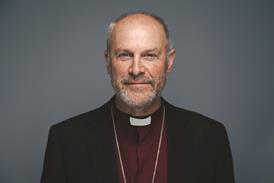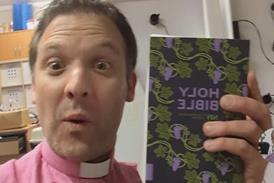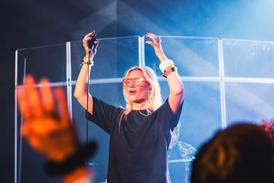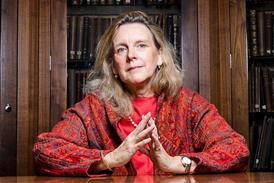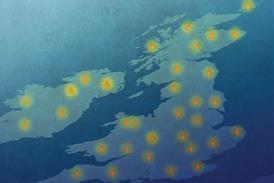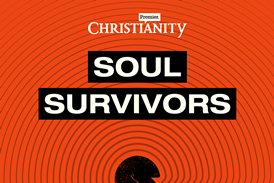Christian scientists are grappling with the biggest global issues. This book explains how
By  Rev Peter Crumpler2025-06-30T10:44:00
Rev Peter Crumpler2025-06-30T10:44:00

What happens when science meets faith across continents? This thought-provoking book explores how Christians around the world - from China to Canada - are navigating the complex relationship between science and belief
What’s the difference between a Big Mac and a bag of rice?
A Big Mac tastes the same wherever you go - from Adelaide to Accrington - thanks to McDonald’s insistence on uniformity. Rice, on the other hand, is cooked and served in countless ways across the globe, reflecting the diversity and creativity of different cultures. Where the Big Mac represents conformity, rice celebrates local variation and innovation.
As Mike Brownnutt of the University of Hong Kong puts it in this thought-provoking book: “The engagement of science and Christianity globally is less like a Big Mac and more like rice. We must recognise that different places are indeed different and have different concerns and insights.”
This captures the heart of Global Perspectives on Science and Christianity (Langham Publishing) which explores how Christianity and science interact across a wide range of countries - from China to Brazil, New Zealand to Kenya, Greece and Canada. In doing so, it invites readers to reflect on their own views around issues that continue to challenge church leaders, theologians, and scientists, both Christian and atheist around the world.
Each chapter, written independently and in an…
Related articles
-
 Magazine Editorial
Magazine EditorialJoin our campaign to change a life this Christmas
2025-11-28T10:01:00Z By Emma Fowle
This month Premier Christianity is inviting you to join our challenge to change the lives of 50 children through the child sponsorship charity, Compassion. Our deputy editor, Emma Fowle, explains more
-
 Magazine Features
Magazine FeaturesFrom ice swimming to midnight feasts and no presents - how the rest of the world celebrates Christmas
2025-11-27T17:10:00Z By Emma Fowle
The traditional British Christmas might look like Midnight Mass, roast turkey and a Boxing Day game of scrabble but, around the world, Christians celebrate the birth of Jesus in many different ways – and even on completely different days
-
 Reviews
ReviewsThis doctor’s account of living with Parkinson’s is clear and honest but short on spirituality
2025-11-25T10:49:00Z By Debbie Duncan
Emergency medicine consultant Jonny Acheson was diagnosed with Parkinson’s disease at 41. His new book offers a candid, compassionate window into living with the condition - though it leaves questions about faith and spiritual care unanswered, says our reviewer
More from Reviews
-
 Reviews
ReviewsWant to slow down this Christmas? Read this outstanding Advent devotional
2025-11-24T08:56:00Z By Rev Peter Crumpler
This new Advent devotional invites readers to journey slowly towards Christmas, offering daily reflections and prayers as an antidote to seasonal busyness and a way to rediscover the deeper spiritual meaning of the season
-
 Reviews
ReviewsThis hard-hitting documentary reveals church-sanctioned abuse in Ireland’s Magdalene Laundries
2025-11-21T11:41:00Z By Giles Gough
Testimony reveals decades of institutional abuse at Ireland’s Magdalene Laundries. The shocking details of torture, slave labour and human trafficking don’t make for easy viewing, says Giles Gough, but Christians must not turn away from the brutality inflicted in God’s name
-
 Reviews
ReviewsLooking for a new way to prepare for Christmas? Try this Advent devotional
2025-11-18T09:34:00Z By Rev Dr Robert Jaggs-Fowler
Trillia Newbell’s latest devotional offers 25 daily readings for Advent, complete with recipes and reflections. Despite some seasonal confusion in the title, this accessible book provides a refreshing take on preparing for Christmas, says our reviewer
- Issues
- Topics A-Z
- Writers A-Z
- © 2025 Premier Christianity
Site powered by Webvision Cloud



